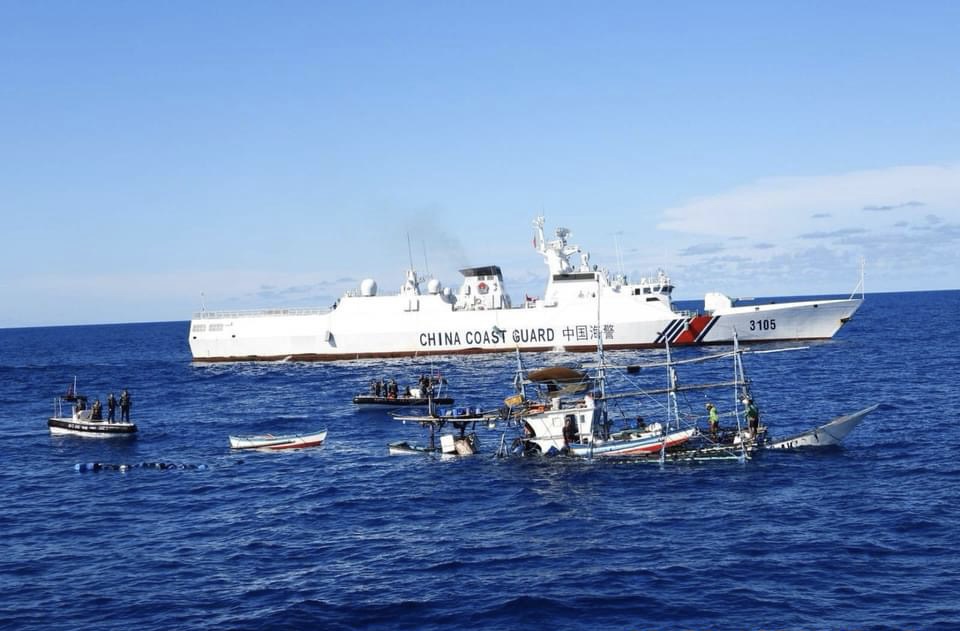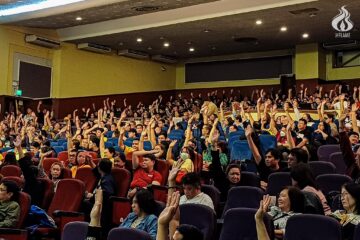
FILIPINOS MUST agree on a common narrative and overcome the “intergenerational struggle” when deciding which areas are part of the Philippines’ boundaries to resolve their maritime dispute with China, former associate justice Antonio Carpio said.
According to Carpio, the country would “surely lose” in any arbitration if educational institutions fail to impart the historical significance of the West Philippine Sea in expressing sovereign rights.
“We must convince the nation. We must be on the same page. We are fighting a giant—the country with the largest standing army, navy, coast guard fleet, submarine force and second largest economy in the world. If we are not united, we don’t stand a chance to win over China,” Carpio said during a lecture on the West Philippine Sea row on Friday, July 5.
The former associate justice called on schools to shed light on the extent of the Philippines’ territory by teaching about the 1900 Treaty of Washington, a US-Philippine agreement that shows all the islands belonging to the Philippine archipelago, including the Scarborough Shoal, or the Bajo de Masinloc, and the Kalayaan Island Group (KIG).
Calling it the “greatest misconception” in Philippine history, Carpio said the country’s territory is not only limited to the islands within the treaty lines of the 1898 Treaty of Paris. Chinese scholars have been citing the outdated treaty to defend the ten-dash line accompanying China’s claims in the South China Sea, he added.
China’s wide-reaching claim over practically the entire South China Sea was voided by an international arbitral tribunal in 2016.
“[The Treaty of Paris is] totally false and we have to debunk this and set the record straight that Bajo de Masinloc and the KIG form part of [the] Philippine territory,” he said.
“Everybody must know the history of the South China Sea because we cannot afford to be divided. If we are divided, we will lose.”
To refute China’s claims, Carpio said the Philippines must acquire a copy of the 1875 Carta General del Archipielago Filipino, which he described as the “holy grail of the Philippine maps,” as it showcases the complete map of the Philippine territory. So far, four editions of the map have been published by the US and auction houses have not sold a copy to bidders.
“Can you imagine our best legal luminaries telling us the wrong story? So, we have a lot to do and this will fall on our schools primarily because we have to teach everybody; it’s not just the students, [but also] the people,” Carpio said.
The lecture titled “Story of our Seas: The West Philippine Sea in a Historical and Political Perspective” was organized by the National Historical Commission of the Philippines (NHCP) and the National Library of the Philippines (NLP) on July 5 at the Epifanio de los Santos Auditorium in Ermita, Manila.
The NHCP and NFP seek to preserve cultural heritage through research works and literary resources in the Philippines. F – Barbra Althea Gavilan and Pauline Nicole Bautista with reports from Mei Lin Weng



